Palmetto Bluff Real Estate Company Sales Office
Office Hours
Monday-Friday 9am - 5pm
Saturday 9am - 4pm
Sunday 12 - 4pm
Saturday 9am - 4pm
Sunday 12 - 4pm
During the winter and early spring, it is not uncommon to be driving along a Southern highway or even Old Moreland Road at Palmetto Bluff and see a massive plume of smoke erupting toward the stratosphere. The smoke can be seen and smelled for miles around, but no one panics. In fact, it is generally never given a second thought. Wait . . . shouldn’t this raise some sort of alarm? The short answer is no. For folks around here, that smoke is a sign of land health and fertility. It is a product of prescribed fire management.
As land and wildlife manager for the Palmetto Bluff Conservancy, I am tasked with conducting and explaining prescribed fire management. Typically, explaining this process is more difficult than conducting it. To properly explain it, why, who, and how all need to be addressed. By doing this, maybe I can convince you that intentionally lighting the world on fire is a good thing.
I assure you, it is.
Why?
Before Europeans arrived in North America, the Southeast was covered by 10 million acres of a towering, longleaf-pine forest with a low, grassy yet diverse understory. This landscape existed because of seasonal wildfires. Some of these fires were started by lightning strikes and others were started by Native Americans who sought to maintain a shady, grassy, biting-insect-free homeland. Periodic fires cleared the forest floor of pine straw and debris and kept the understory low and open
The European colonists harvested the pines to build towns and homes and used the fertile soils beneath for agriculture and livestock. As the longleaf ecosystem disappeared, wildfires no longer swept across the landscape and fire-intolerant plant species, such as most hardwood and mid-story trees, took hold.
Today, only several thousand acres of the original 10-million-acre longleaf pine ecosystem survive. Since the mid-1990s, however, there has been a huge effort by environmentalists and land and wildlife managers to restore the native forests, and prescribed fire management is the key to making it happen.
Prescribed fire management provides benefits for humans and wildlife aside from simply restoring a historical ecosystem. For us, a controlled burn removes the fuel (living and dead plant material) that a bolt of lightning or errant cigarette ash could ignite into a devastating fire. By intentionally eliminating or decreasing the fuel, the risk of a wild (unintentional) fire is greatly diminished.
For wildlife, burning the understory releases nutrients back into the soil and allows sunlight to reach the new, delicious shoots that will spring up. Within about a month of burning the land black, we have created an enormous buffet line for herbivorous critters. Furthermore, that buffet is attractive and easily accessible. Would you rather forage in open terrain under the shade of a longleaf or in an oak thicket full of vines and briars? For wildlife, the answer is an obvious one and prescribed fire management is the key to making it happen.
Who?
At Palmetto Bluff, prescribed fire management is carried out by the Palmetto Bluff Conservancy. All employees are certified Prescribed Fire Managers, having completed a training course given by the South Carolina Forestry Commission. Perhaps more important than the certification, however, is the multitude of hours spent afield in the presence of fire. Fire, beyond the confines of a fireplace, is a living, breathing thing that one can only manipulate after years of watching and learning its behaviors.
How?
How is the most difficult question to answer. It’s a science really. Every fire behaves differently. Sometimes it is a subtle difference and sometimes it is right in your face. However, there are some concrete steps that are taken when conducting any controlled burn.
Preparations for burning season begin months in advance. Each year, burn plans are formulated for different undeveloped areas of Palmetto Bluff. The plans are determined by wind conditions, fuel loads, equipment needed, and acreages. All equipment is meticulously serviced and prepared for the labor ahead. Local and state entities are contacted so proper permitting can be obtained. Over 200 miles of fire lines are cleaned out and plowed to expose bare dirt. Roads are blown clean of debris so fire can’t travel across them. Once these things are completed, burning season is officially underway.
Wind is the ultimate factor in determining burn locations. We plan and then monitor the weather and wind’s speed and direction through the National Weather Service’s Fire Weather Forecast and on-site as the burn progresses. We need wind as an ally in any fire situation—not only to prevent a fire from becoming too hot and aggressive, but also to ensure that smoke is dispersed and does not become a hazard.
A Typical Burn Day
Once the location for burning is chosen, I can begin to mentally prepare. I often find it hard to sleep the night before a big burn. Hypothetical scenarios play out in my mind over and over. The next thing I know, my alarm clock brings me back to reality. It is time to make it happen.
5:30 a.m. – I jump out of bed, slap on some clothes I know will be ruined before the sun sets, kiss my wife and daughter goodbye, pour a cup of coffee, and tear off into the darkness.
6:15 a.m. – Information on the burn is relayed to Palmetto Bluff security as I pass through the entrance gate.
6:30 a.m. – The plans are presented to and finalized by the Conservancy crew before presenting them to the South Carolina Forestry Commission (SCFC).
7:00 a.m. – The SCFC offices open and they begin issuing “burn numbers.” These numbers are basically an acknowledgement by the state that the Conservancy has done its homework and prepared a burn plan.
7:05 a.m. – With burn number in hand, local fire departments and officials are notified that we have received permission from the state to conduct a burn. (All local and state entities are given access to our full burn plan as well as GPS coordinates of the burn locations.)
7:06 a.m. – I inform the rest of the Conservancy team that we have a burn number and everyone begins hauling heavy equipment to the burn site. Equipment for every burn includes a tractor with disk harrows, a bulldozer with a new line plow, one ATV with water tanks for each person, and a 900-gallon water tank.
8:30 a.m. – I do a burn site status check: Is everything running properly? Is the wind blowing in the correct direction? Is it blowing the correct speed? Are all personnel on-site and prepared?
9:00 a.m. – Ignition time. Everyone gathers together to light their driptorch from a single match. With torches burning, the first backing fire is lit. A backing fire is a low and slow line of fire that creeps into the wind. As it creeps away from its starting position along a fire break, it creates a “black line.” This is a long strip of land that has no remaining fuel, preventing the fire from spreading past it.
9:15 a.m. – As the backing fire continues to march forward and widen our black line, a head fire is lit parallel to the black line. A head fire travels with the wind. This causes it to burn hot, eliminate fuel, and fizzle out when it meets the slow-moving backing fire. After one head fire fizzles, we light another. We repeat this process until the entire area we planned to burn is black.
Noon – There are no lunch breaks in prescribed fire management. Lunch usually consists of a cold, canned meat/bean/pasta product. Campbell’s is a welcomed guest in the burn woods. There is nothing better than chugging a can of SpaghettiOs between head fires.
After 4:00 p.m. – Somewhere in the late afternoon hours, we make it to a fire break, road, or river. This will serve as our ending point for this day’s burning session. The team puts the driptorches away and we hop on ATVs equipped with spray tanks full of water. We all set out in different directions putting out any stumps, logs, or smoldering piles. We never leave a burn until the entire team deems it safe to do so.
Tomorrow – We do it again!
Written by Justin Hardy%GALLERY%
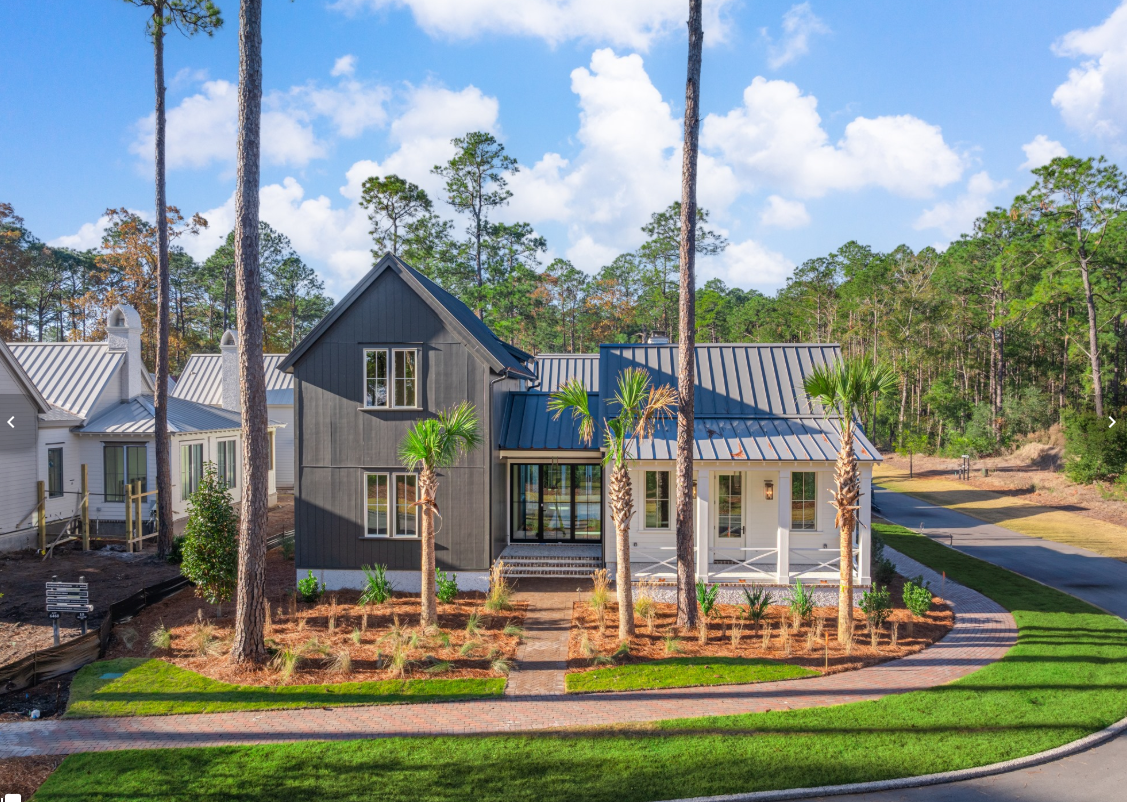
The Ultimate Choice: Building vs Buying a Home in Palmetto Bluff For those searching for Palmetto Bluff homes for sale, this common question often arises: Should you choose an existing residence, or embrace the opportunity to build your own? While a complet...
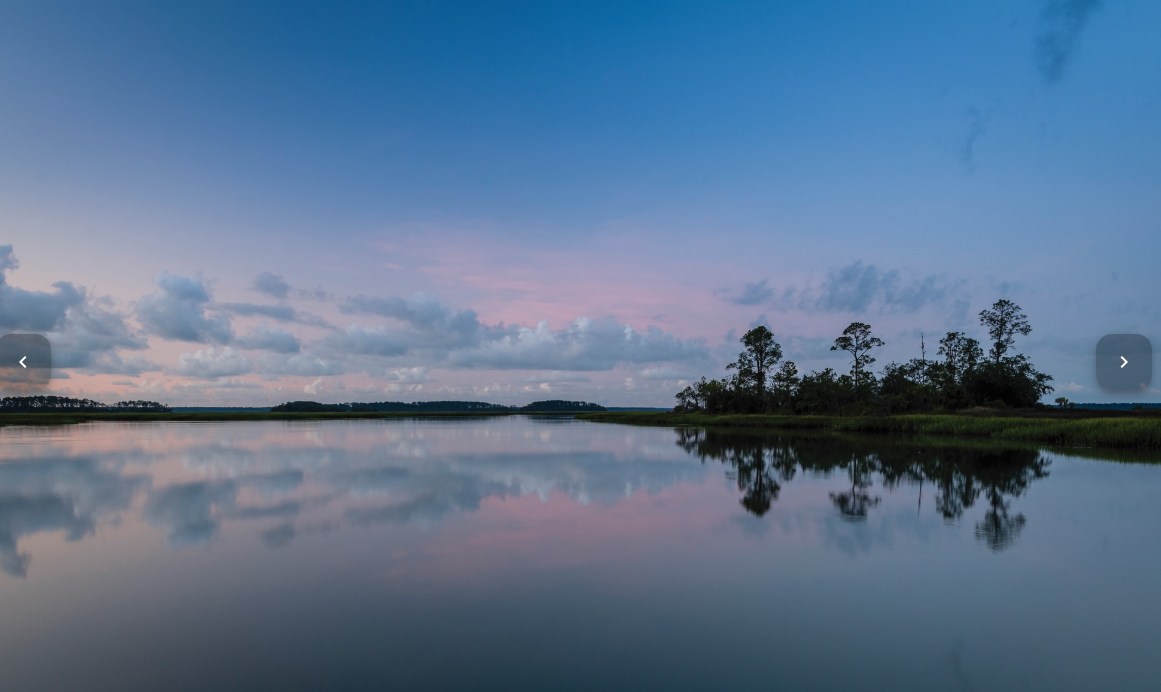
A Complete Guide to South Carolina Winter at Palmetto Bluff South Carolina's winter is unlike any other on the East Coast. While many travelers search for “South Carolina winter” expecting cooler temperatures and limited outdoor options, the Lowcountry revea...
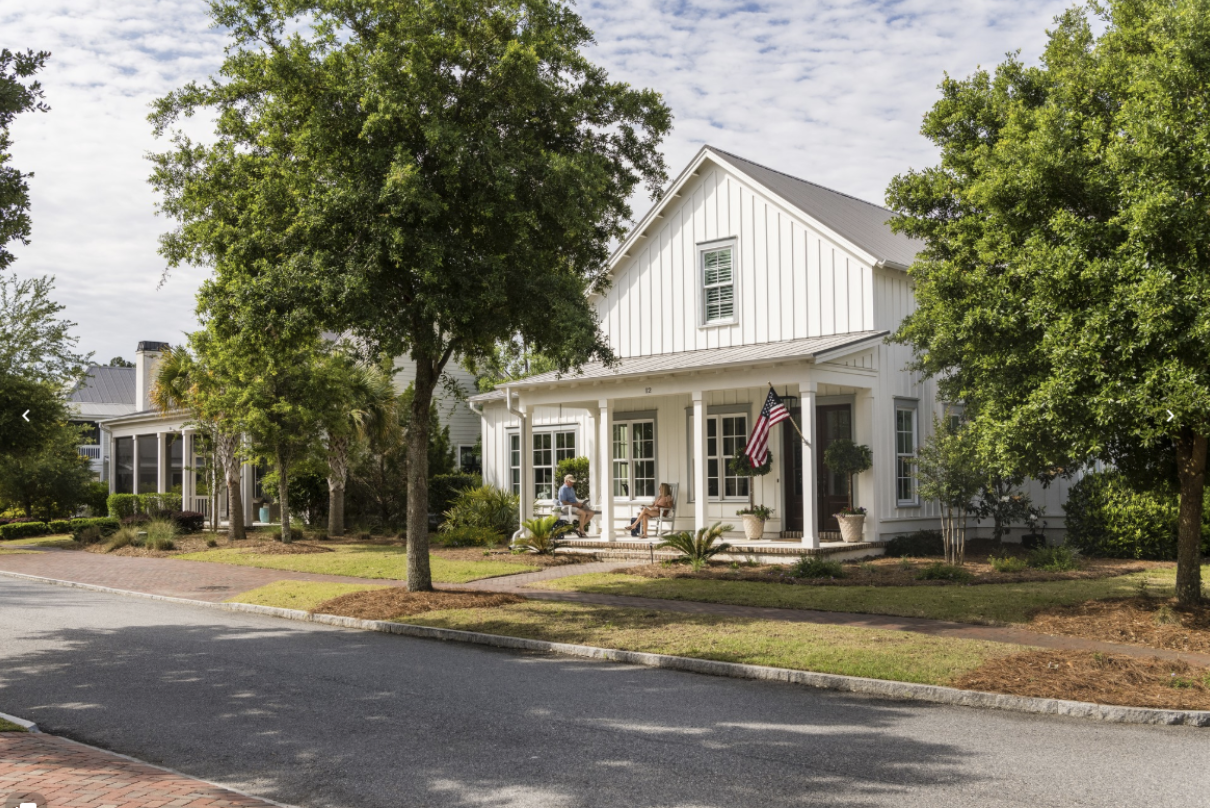
River Road: Where Lowcountry Beauty Meets Elevated Everyday Living Tucked gracefully between Wilson Village and Moreland Village, River Road is one of Palmetto Bluff’s most immersive communities. It's where the pace of life seems to soften, classic Southern ...
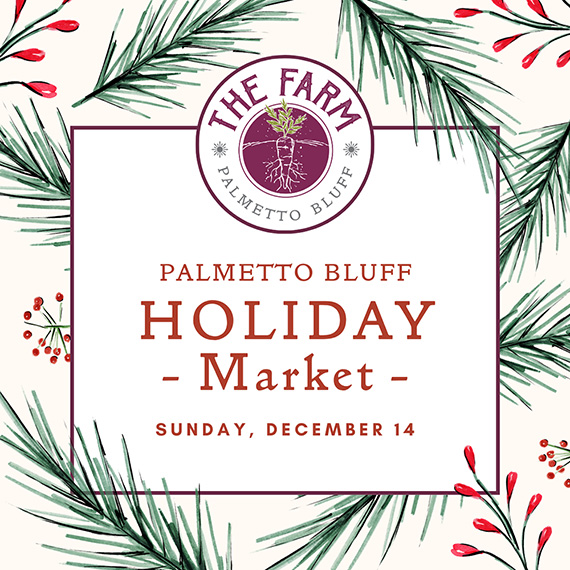
Sunday, December 14 | 9am to 1pmVillage GreenThe season’s most festive farmers market, the Holiday Farmers Market, comes to Wilson Village on Sunday, December 14, from 9am to 1pm. All are welcome to visit and experience the magic of holidays at the Bluff. The ...

Tucked amid whispering pines and overlooking a tranquil water trail, 11 Lyonia Street is where Lowcountry charm meets modern artistry. The newly built residence redefines Southern living with a balance of craftsmanship and calm. This is a home that feels both ...
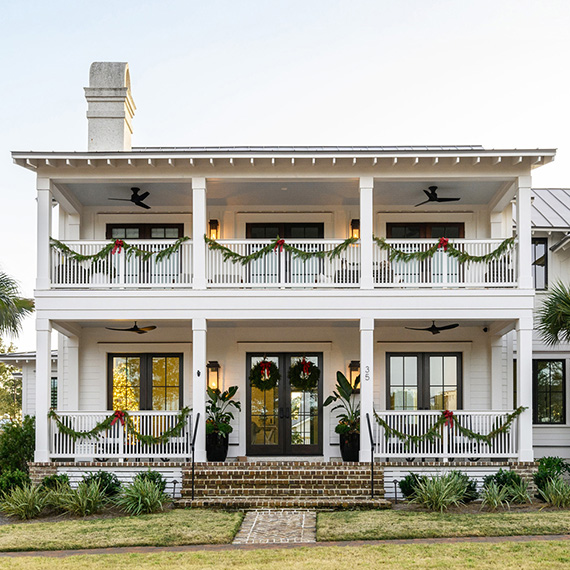
The holiday season in the Lowcountry brings crisp air, oaks draped in twinkling lights, and laughter drifting from homes where families and friends gather once again. At Palmetto Bluff, the holidays are more than just a season; they’re a feeling of togethernes...
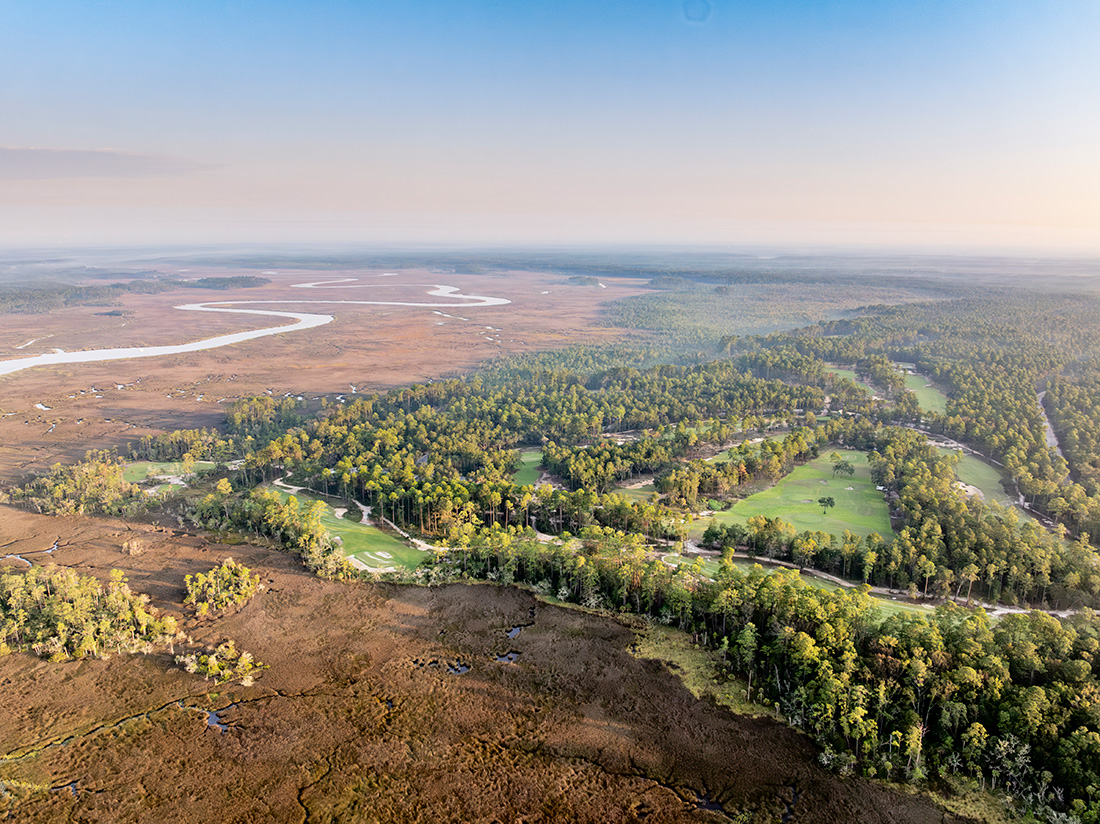
https://vimeo.com/1071784239?share=copy&fl=sv&fe=ci We are excited to unveil the official brand identity for Palmetto Bluff’s newest chapter in golf, Anson Point. Designed by golf icons Bill Coore and Ben Crenshaw and set within more than 500 acre...

Must-Do 2025 Holiday Events in the Lowcountry There’s no better way to embrace the magic of the holidays than spending them in the heart of the Lowcountry. With its sparkling waterways, moss-draped oaks, and warm coastal charm, Palmetto Bluff transforms into ...
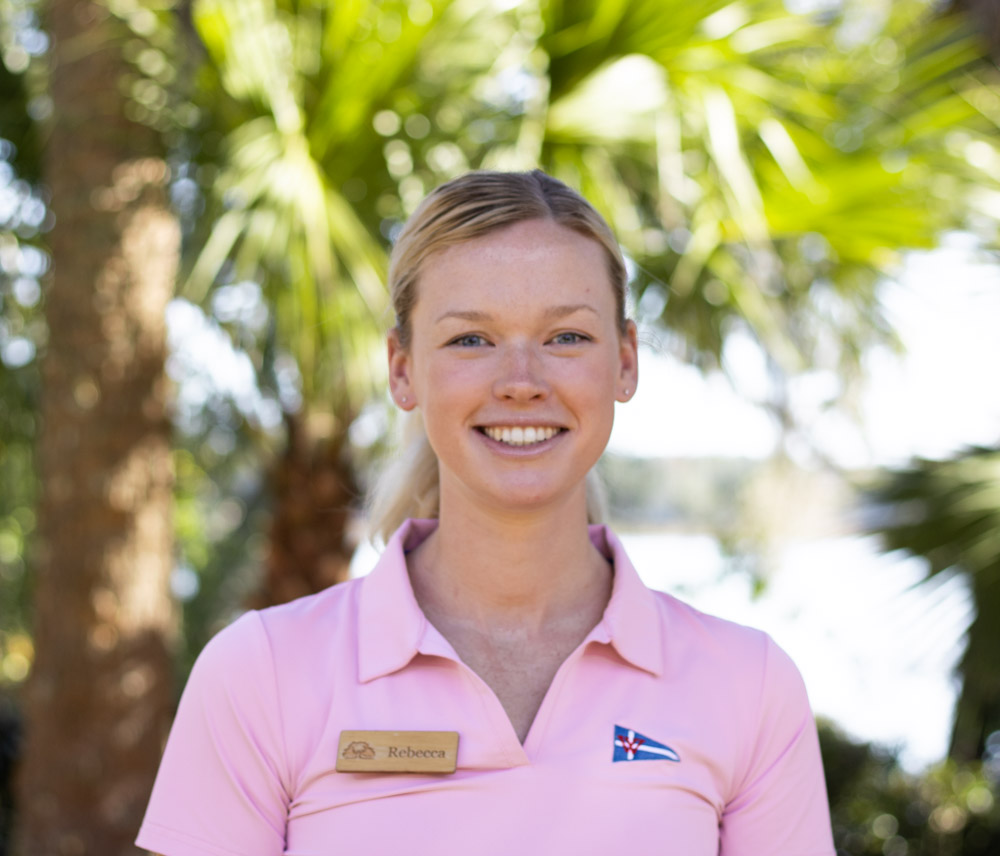
Rebecca’s Journey to Palmetto Bluff For Rebecca McCorkendale, life on the water isn’t just a career—it’s a calling that runs through generations. Growing up on Hog Island, nestled between Hilton Head and Bluffton, Rebecca was raised with salt air in her lungs...
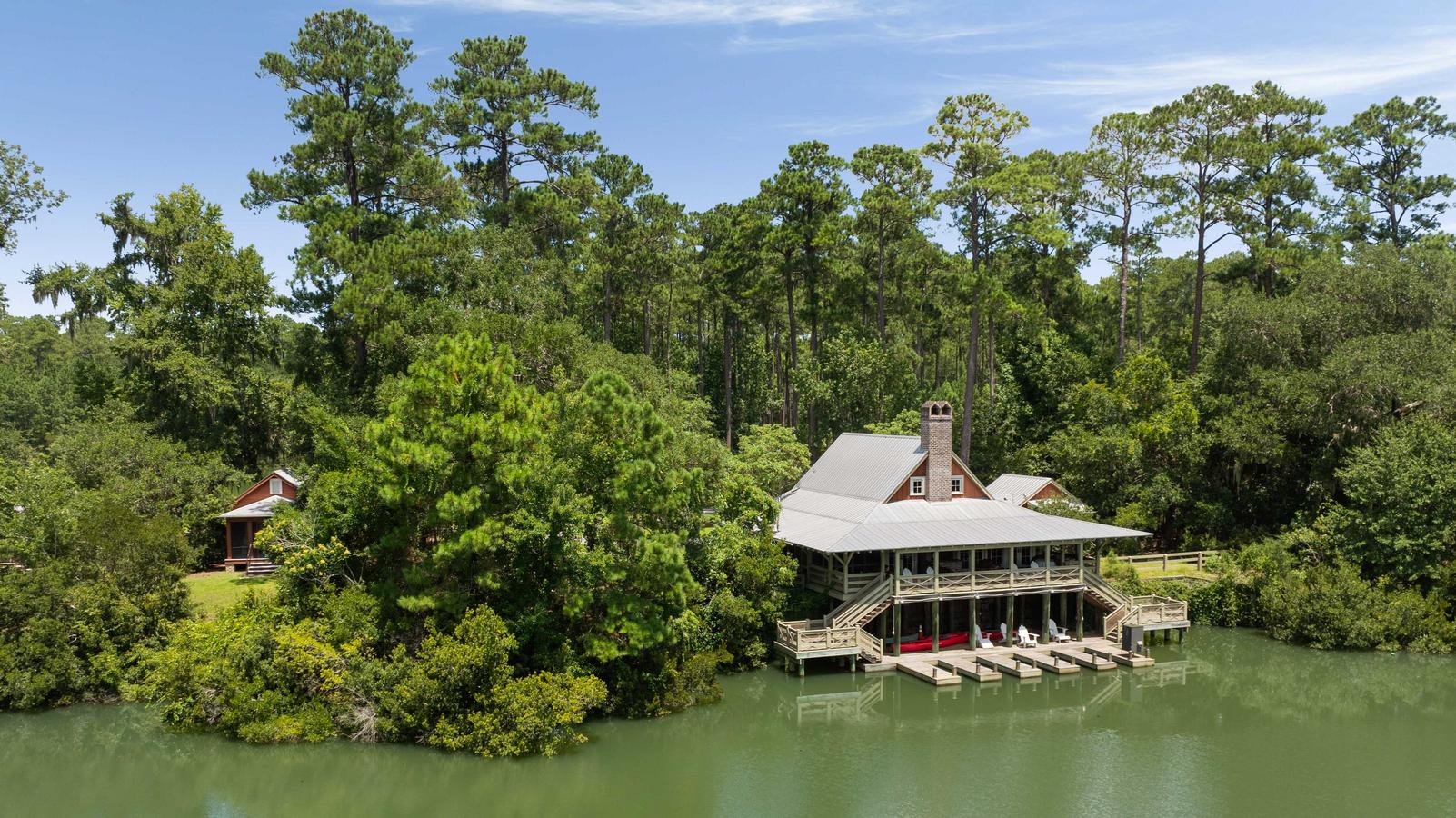
Headwaters Community in Palmetto Bluff Tucked deep within Palmetto Bluff’s untouched maritime forest, Headwaters stands apart as the community’s most private and pristine enclave. With just ten family compounds spread across more than 600 acres of scenic mars...
Learn about the Palmetto Bluff Conservancy and how we keep the vision of our land in place.
On land or water, there is an ever-evolving variety of activities.
We do not attempt to independently verify the currency, completeness, accuracy or authenticity of the data contained herein. All area measurements and calculations are approximate and should be independently verified. Data may be subject to transcription and transmission errors. Accordingly, the data is provided on an “as is” “as available” basis only and may not reflect all real estate activity in the market”. © [2023] REsides, Inc. All rights reserved. Certain information contained herein is derived from information, which is the licensed property of, and copyrighted by, REsides, Inc.